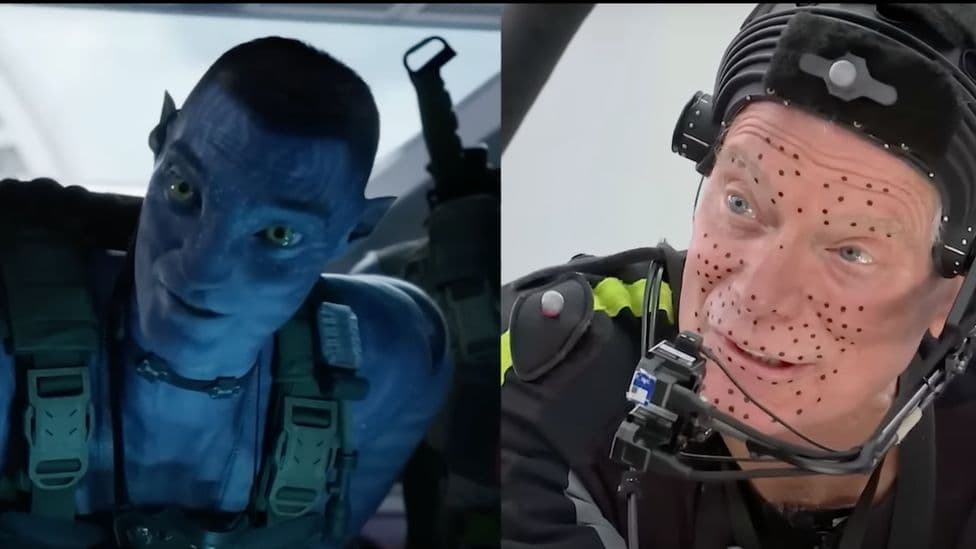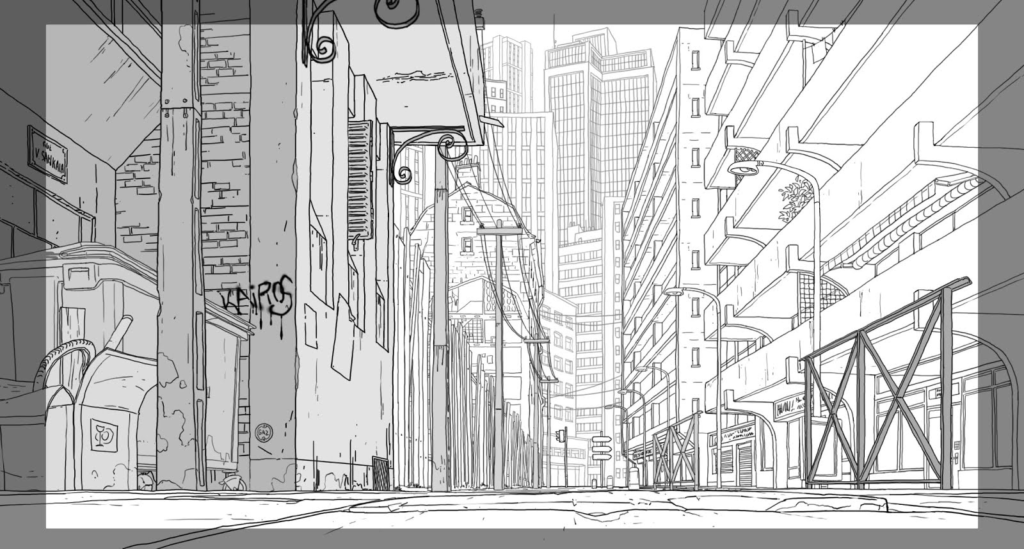Step into the captivating world of animation and motion capture, where realism and imagination play out in a digital canvas. Today, we delve into the intriguing dynamics between these two distinctive film-making techniques. We explore their unique features, strengths, and differences, and how they impact the worlds of film and video game design.
Animation vs Motion Capture: A Direct Comparison
Let’s kick off with a head-to-head comparison between animation and motion capture, examining how each technique uniquely shapes the world of digital storytelling.
Realism and Authenticity
Animation is a true testament to artistic expression, enabling the creation of outlandish movements and stylized animations. Although sometimes less lifelike, it offers limitless creative possibilities in character portrayal.
Motion capture, however, is renowned for its remarkable realism and authenticity. By tracking the movements of real actors, it mirrors intricate human movements with impressive accuracy. This method enhances audience immersion by creating characters that truly mimic human behavior.
The degree of realism in animation and motion capture can be tailored according to project requirements and creative vision.
Keyframe Animation: The Fundamental Building Block
Keyframe animation plays a critical role in shaping the landscape of animation technology. Read more to discover the future potential of this vital animation technique.
Workflow and Production Time
Animation is undoubtedly a labor-intensive process. Each movement or frame is manually created, making it a time-consuming endeavor, particularly for detailed scenes or elaborate character animations. However, the artistic freedom and the ability to craft distinct visuals are unparalleled.
Motion capture, on the other hand, accelerates production time by capturing real-world movements and translating them into digital characters. This process allows a more focused approach to refining data rather than starting from scratch. The choice between animation and motion capture ultimately hinges on project specifications and budget limitations.
Flexibility and Creativity
Animation provides unrestricted creative control, allowing unique characters and innovative environments to take shape. With animation, the only limit is the creator’s imagination.
Motion capture offers a different dimension of creativity. Its strength lies in capturing real-world movements, serving raw realism. Still, it also offers a creative canvas for refining data, blending motions, and enhancing intricate details.
A blend of both techniques can often result in captivating character performances, combining the authenticity of motion capture with the limitless creativity of traditional animation.
Quality and Detail
Quality and detail are central to both animation and motion capture, each offering unique qualities. Animation allows creators to meticulously design each frame, while motion capture mirrors the lifelike movements of actors. While motion capture excels in capturing delicate nuances of human actions, animation trumps in illustrating complex or exaggerated emotions and movements.
To comprehend how motion capture technology is transforming the animation landscape in anime, read more about the influence of this modern technique.
Suitability for Characters and Settings
Animation proves to be a perfect tool for crafting stylized characters and fantastical settings, giving creators a limitless canvas to unleash their creativity. Motion capture, conversely, is the preferred choice for portraying realistic characters and environments, accurately capturing the nuances of human movements.
A blend of animation and motion capture can lead to a perfect storm, creating a universe where fantastic characters and settings come to life with realistic movements.
Training and Skill Requirements
Animation requires an artistic flair and proficiency in using animation software, whereas motion capture demands a different skill set such as setting up equipment, working with actors, and data cleanup and enhancement.
Cost Analysis
Cost is a decisive factor when choosing between animation and motion capture. Animation offers creative flexibility but requires a significant investment due to its labor-intensive nature. Motion capture, while providing realistic movements derived from real actors’ performances, requires an initial investment in setting up a motion capture studio.
Integration with Live Action
Animation and motion capture serve distinct advantages when integrated with live action. Animation allows seamless blending of fantastical elements with real-life footage, while motion capture ensures lifelike interactions between live actors and computer-generated characters.
Emerging Trends in Animation and Motion Capture
With the advancement in technology, animation and motion capture continue to evolve, creating immersive and engaging visual experiences. Read more to discover the latest trends shaping these two distinct realms of visual storytelling.
The Future: Convergence of Animation and Motion Capture
While these techniques have their unique advantages, the intersection of animation and motion capture promises huge potential. Read more to understand how integrating these techniques can redefine the landscape of animated storytelling.
Comparative Table
| Feature | Motion Capture | Traditional Animation |
|---|---|---|
| Definition | A technique of recording the movements of objects or people. It is used in movies, games, and VR to create realistic animations. | The art of creating moving images by drawing, painting, or using computer graphics frame-by-frame. |
| Technology | Requires specialized equipment (cameras, suits) to capture movements. | Can range from pencil and paper to digital tablets and computer software like Adobe Animate or Blender. |
| Realism | High level of realism, as it captures the exact movements of a real actor. | Depends on the animator’s skill and style; can range from highly realistic to highly stylized. |
| Cost | High initial investment in equipment and software. Ongoing costs include actor fees and studio time. | Lower initial cost, especially for digital or 2D animation. Costs vary based on the complexity and length of the project. |
| Time | Faster to produce animations once the motion capture system is set up and calibrated, as it captures movements in real time. | Time-consuming, as each frame must be created individually. However, time varies greatly depending on the animation style and detail. |
| Flexibility | Limited to the movements of the actor and the range of the motion capture system. Changes require re-shooting. | Highly flexible, allowing for any movement or style to be created from scratch. Changes can be made at any stage. |
| Skill Set Required | Technical knowledge to operate motion capture equipment and software. Acting skills for performers. | Artistic skills for drawing and animating. Technical skills for digital animation software. |
| Application | Often used in film, video games, and virtual reality for human or humanoid characters. | Broad application across film, television, video games, web, and educational materials. Suitable for any kind of character or object. |
| Post-Production | Requires processing and cleaning up the captured data. May need animators to refine and edit the movements. | Entirely crafted by animators, with full control over the final output from the beginning. |
| Character Customization | Characters are rigged to match the motion capture data, which can limit customization. | Full freedom in designing and animating characters, allowing for unique and diverse character designs. |
Video Guide
To answer all your questions, we have prepared a video for you. Enjoy watching it!
Conclusion
The choice between animation and motion capture ultimately depends on project requirements, budget, and the level of desired realism. Animation offers unparalleled creative freedom, making it possible to craft unique visuals and fantastical settings. Conversely, motion capture is best when high levels of realism and authenticity are sought after.
The capabilities of both techniques can be leveraged to strike a balance between artistic vision and lifelike portrayals, marking a new era in the world of animated storytelling. Buckle up for an exciting journey in the world of digital animation and motion capture.



